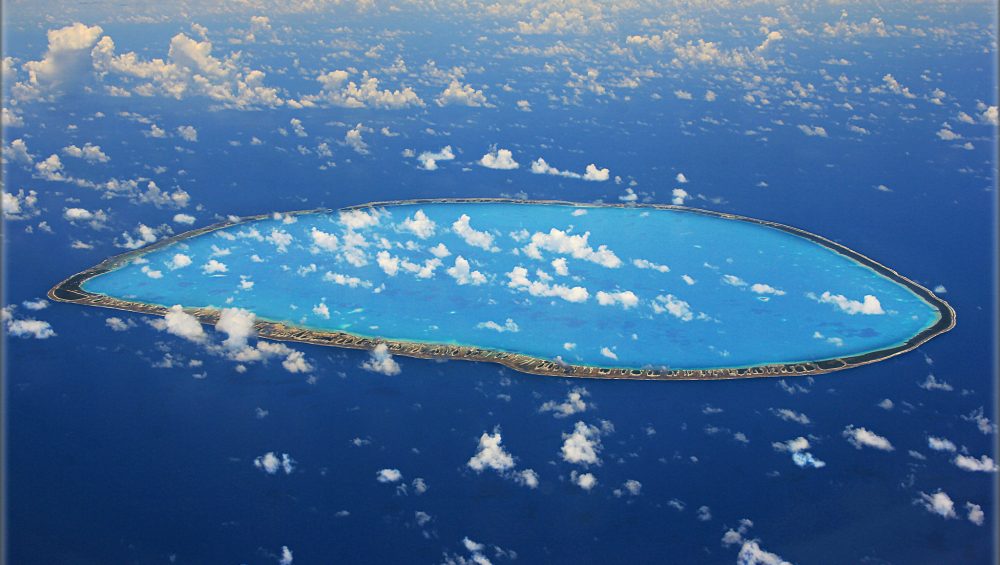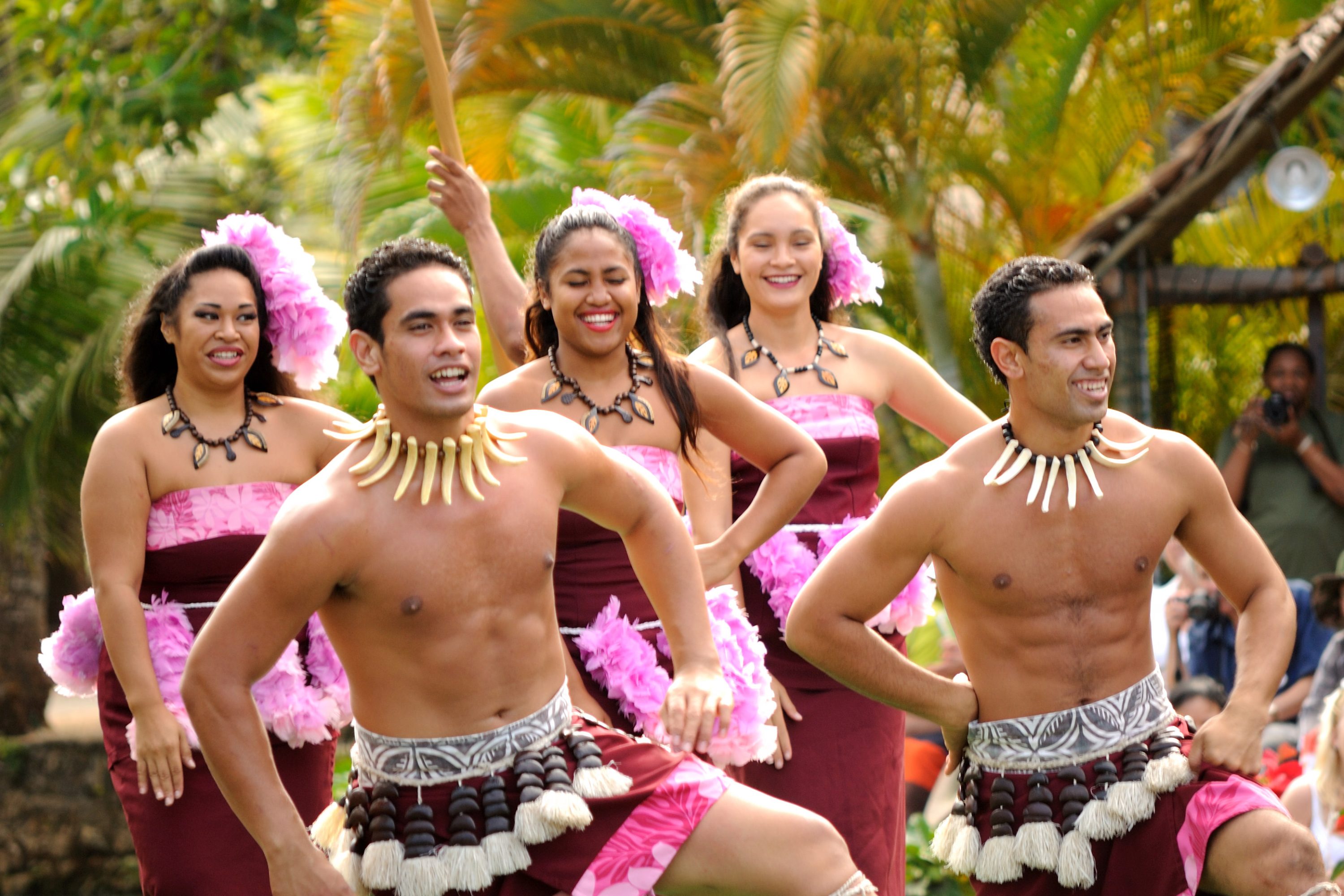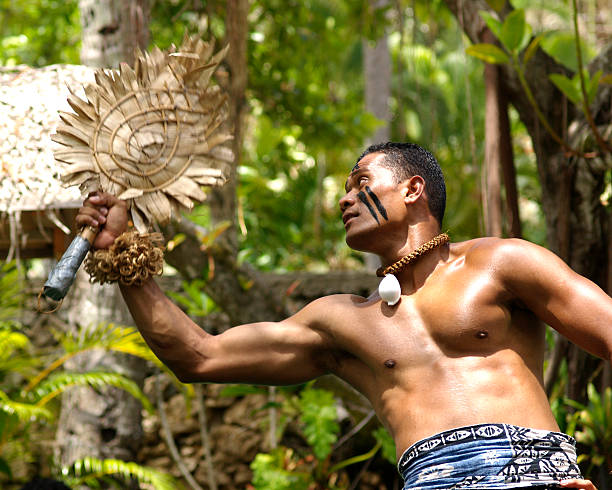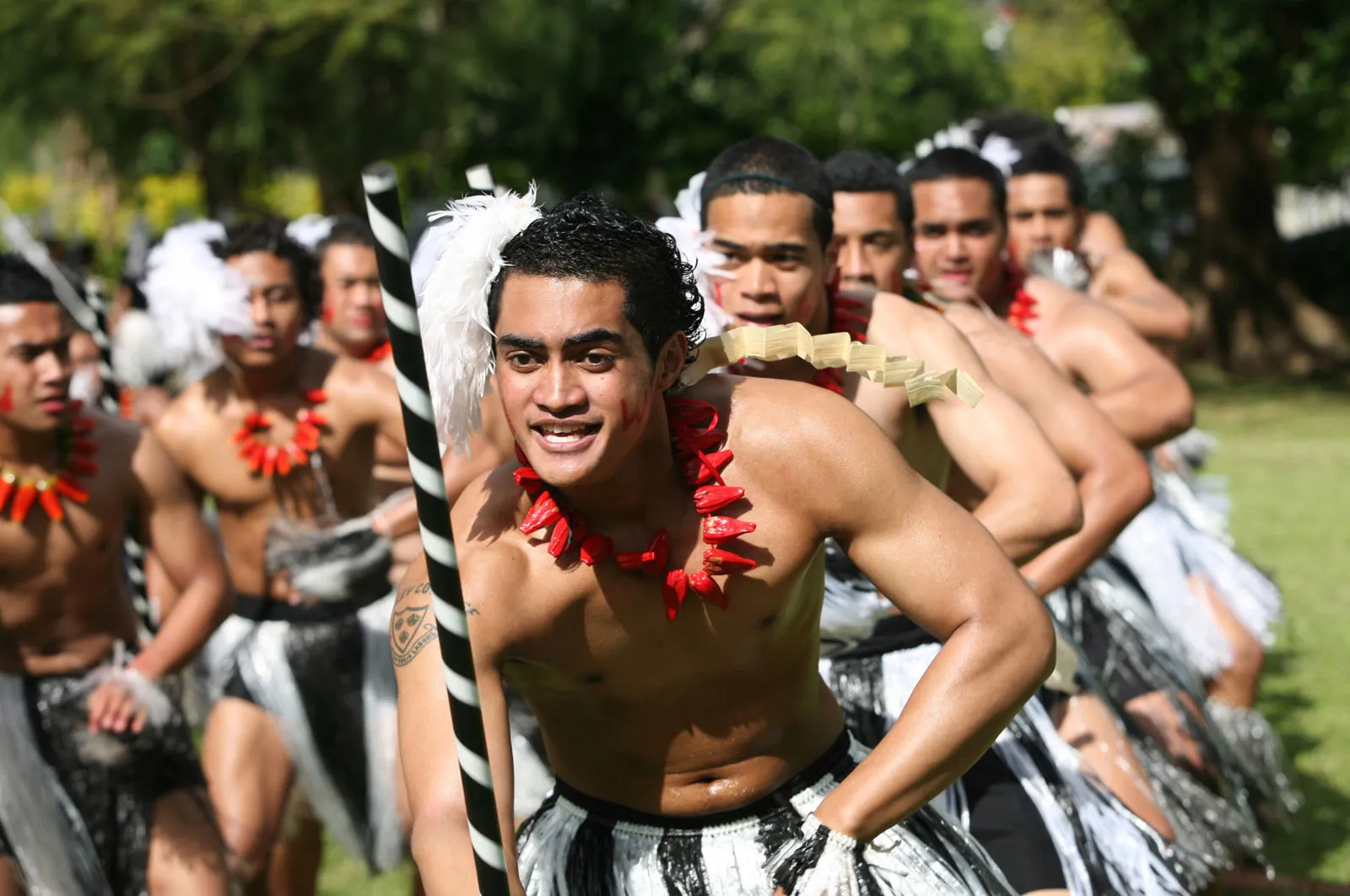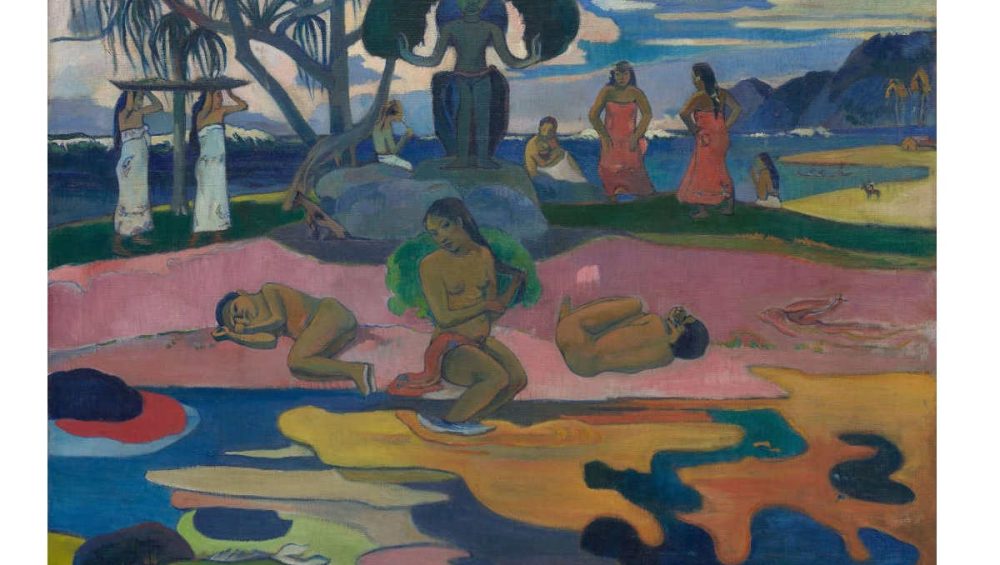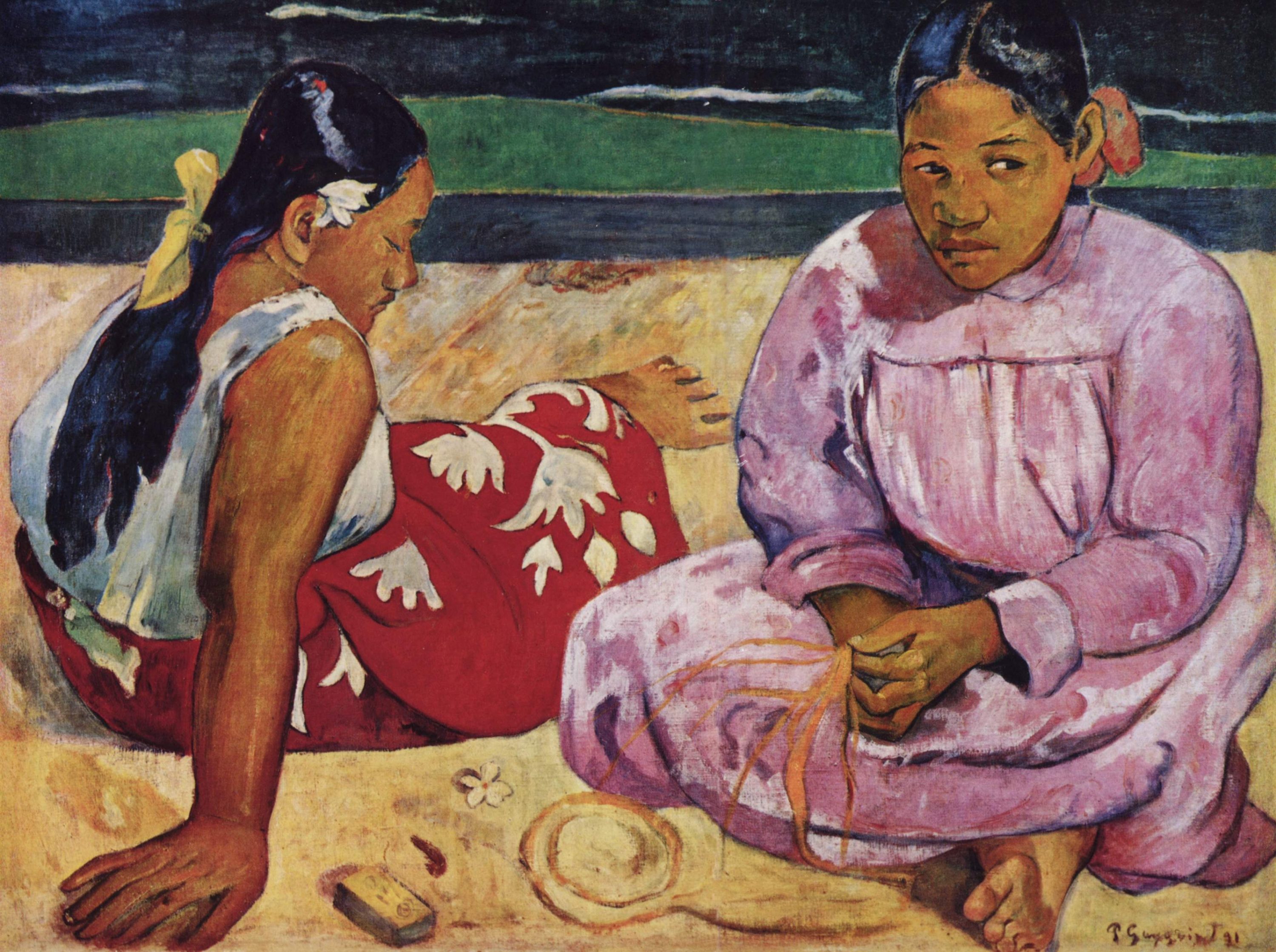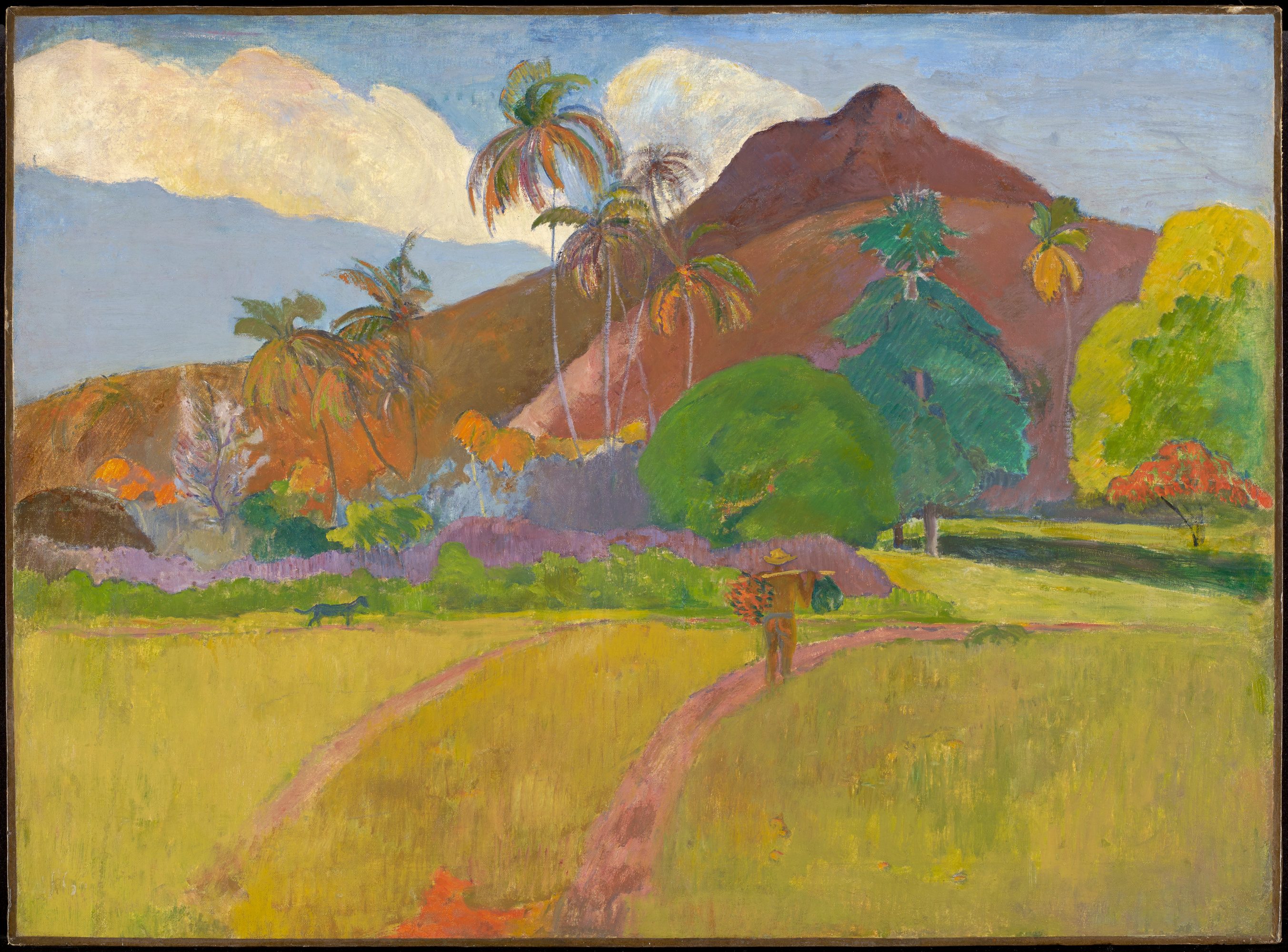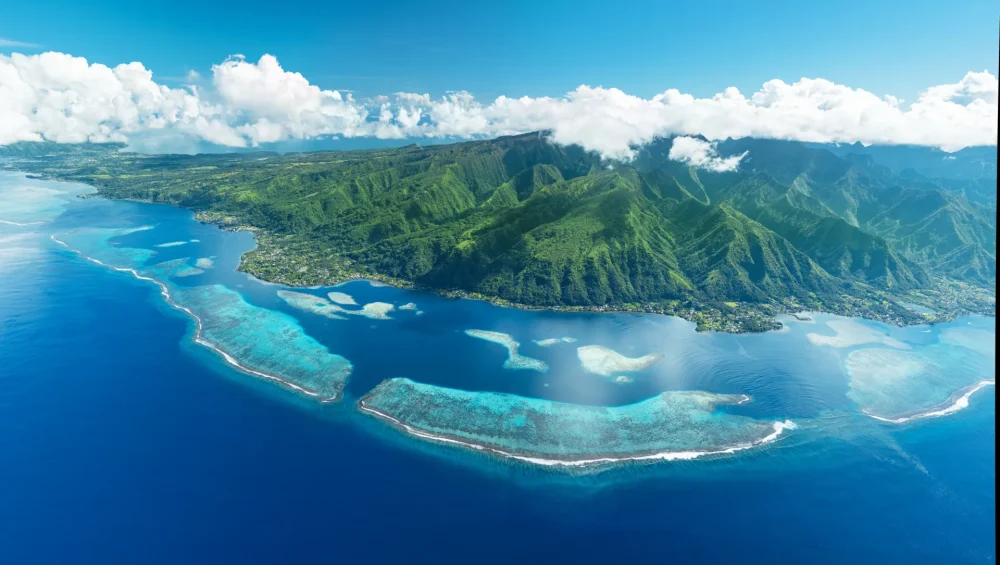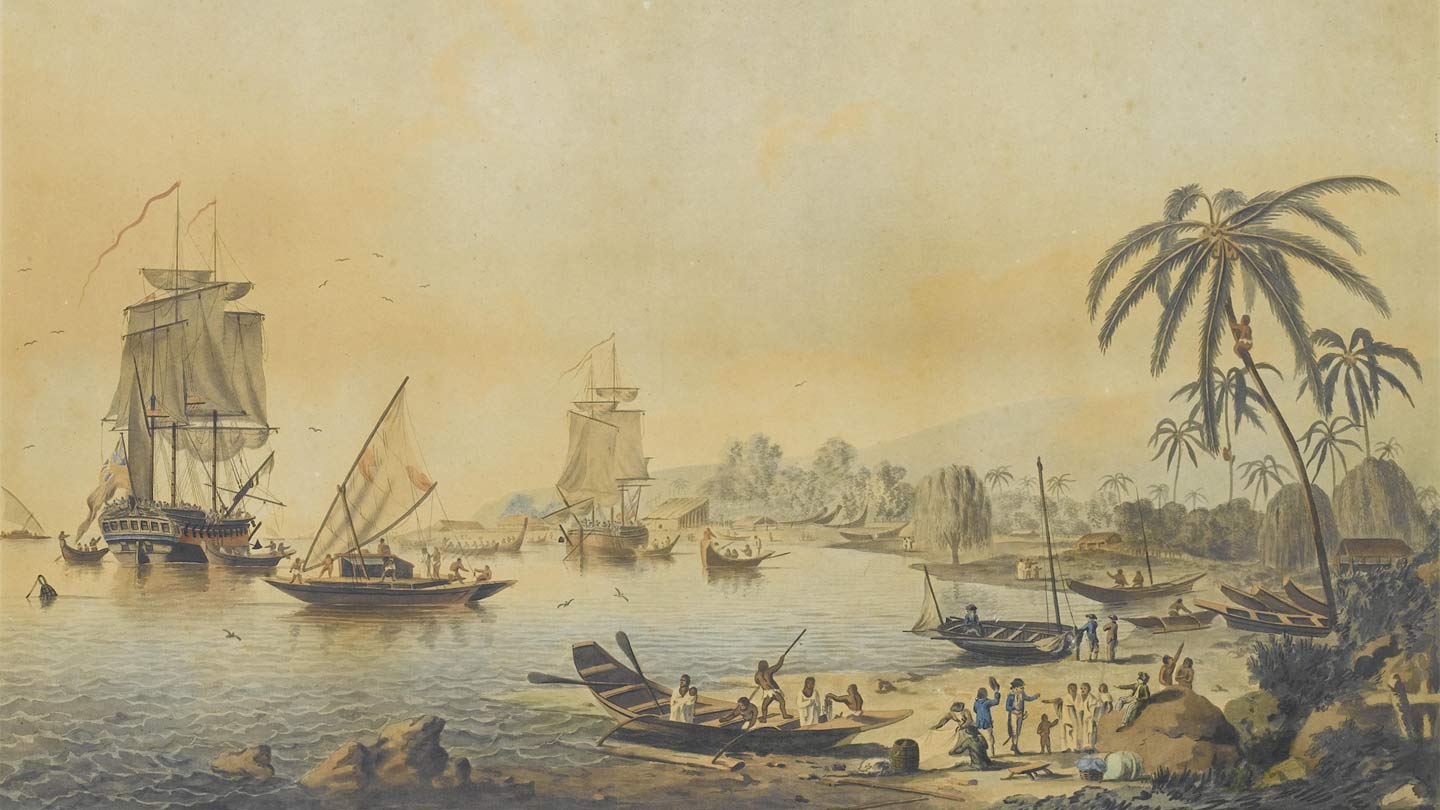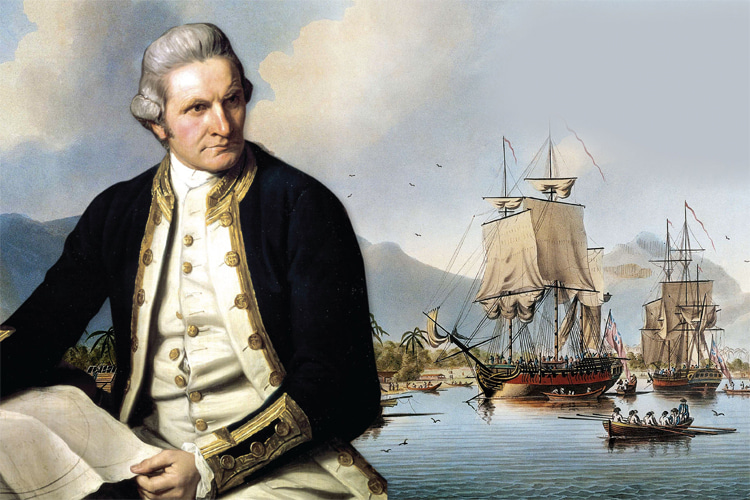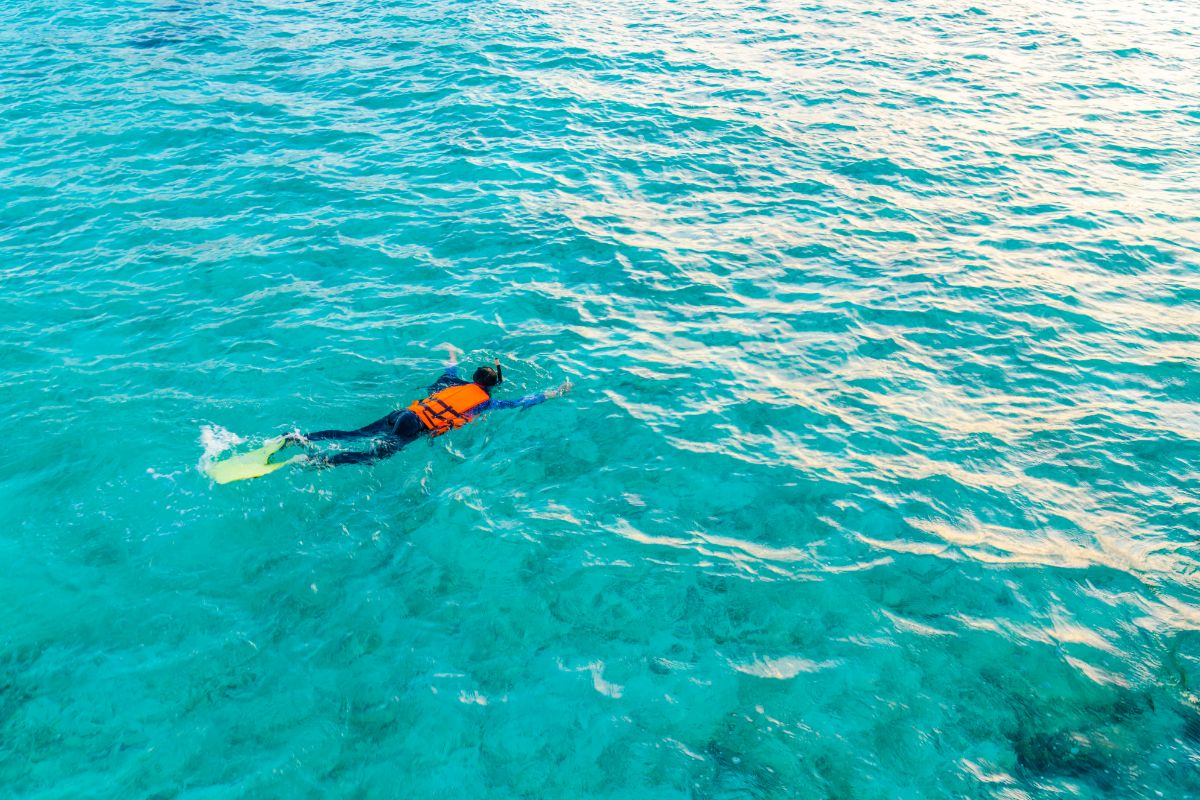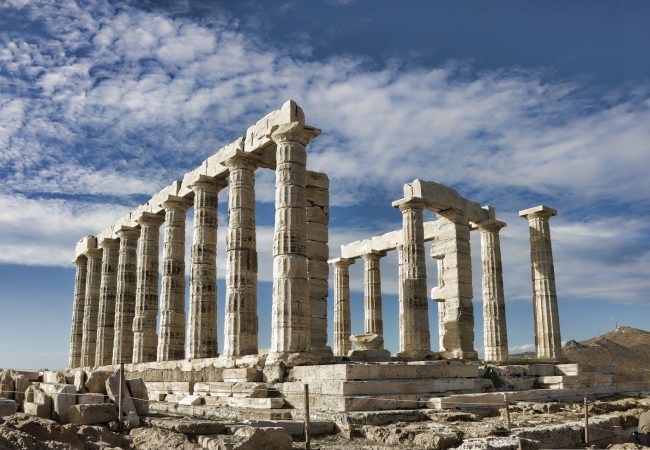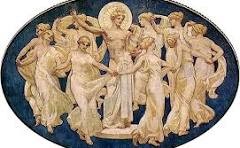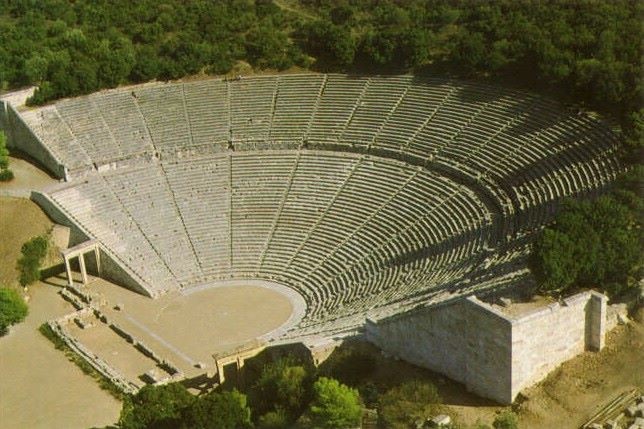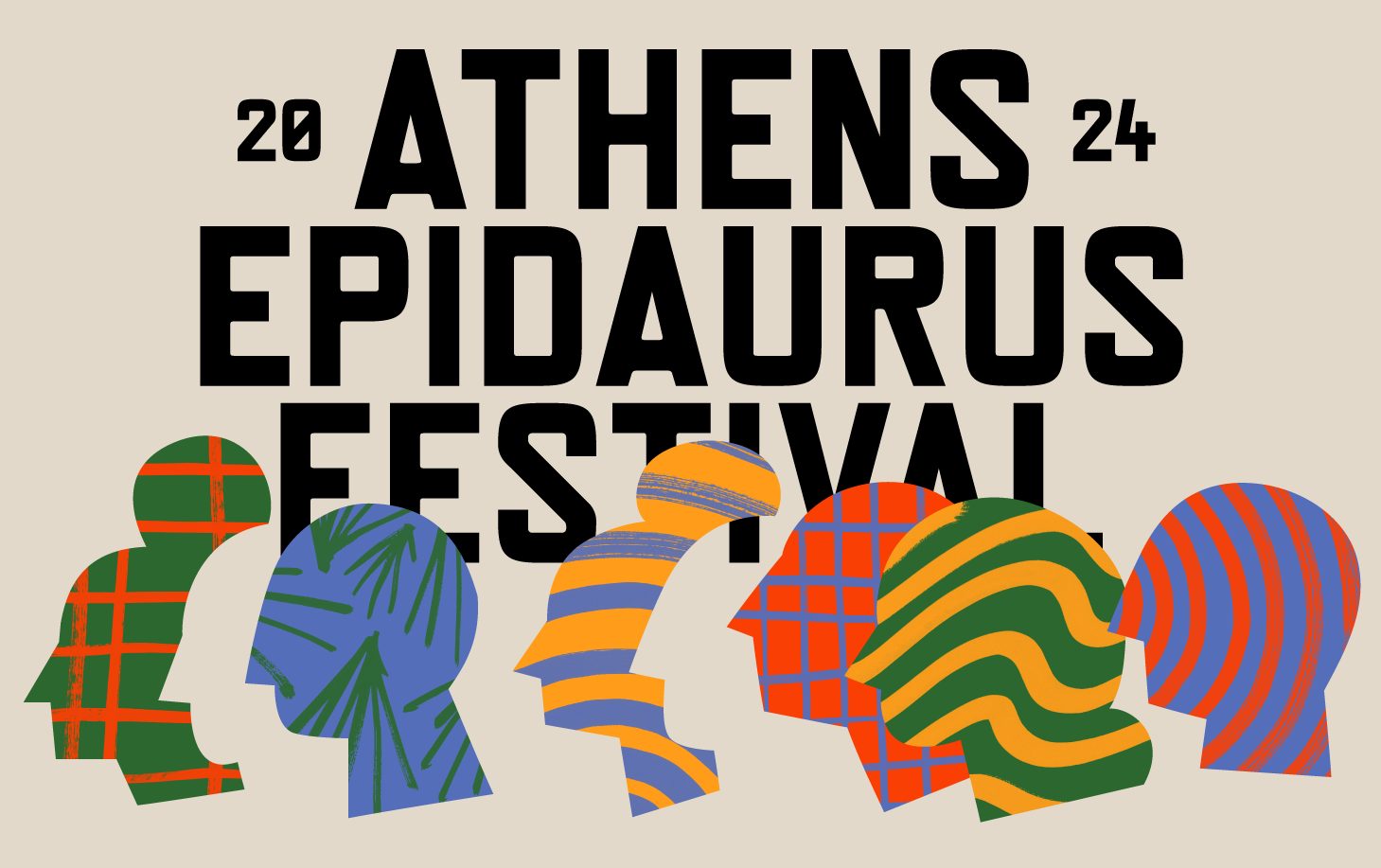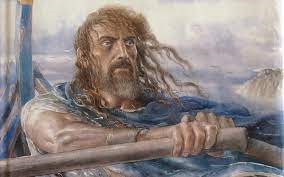The Tuamotu Archipelago: pearl of the South Pacific
Nestled like a string of pearls in the azure waters of the South Pacific Ocean, the Tuamotu Archipelago is a mesmerizing collection of coral atolls, stretching across an area roughly the size of Western Europe. It remains a remote and pristine corner of French Polynesia, a haven for explorers, nature lovers, and those seeking the ultimate tropical escape.
In total the 78 coral atolls here form the largest chain in the world. Unlike traditional islands, atolls are ring-shaped formations consisting of a coral reef that encircles a lagoon. These atolls vary in size and shape, with some boasting expansive lagoons teeming with marine life, while others are more rugged and remote, offering a glimpse into untouched wilderness.
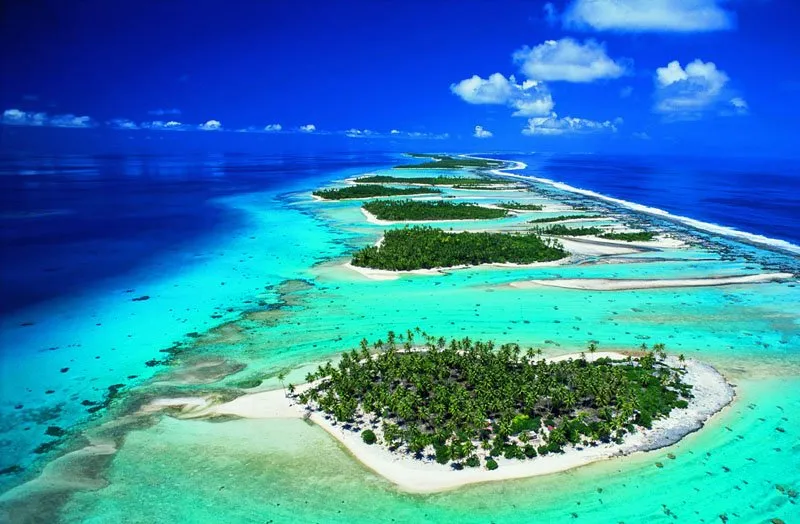
One of the most captivating aspects of the Tuamotu Archipelago is its stunning natural beauty. Pristine white-sand beaches stretch for miles, fringed by swaying coconut palms and crystal-clear waters that shimmer in shades of turquoise and sapphire. Beneath the surface, vibrant coral reefs teem with a kaleidoscope of marine life, including colorful fish, graceful manta rays, and gentle sea turtles.
For adventurers and outdoor enthusiasts, the Tuamotu Archipelago offers a wealth of exciting activities. Snorkeling and diving are among the most popular pursuits, allowing visitors to explore the underwater wonders of the atolls. Guided excursions take travelers to some of the archipelago’s most pristine dive sites, where they can swim alongside sharks, dolphins, and even humpback whales during the mating season.
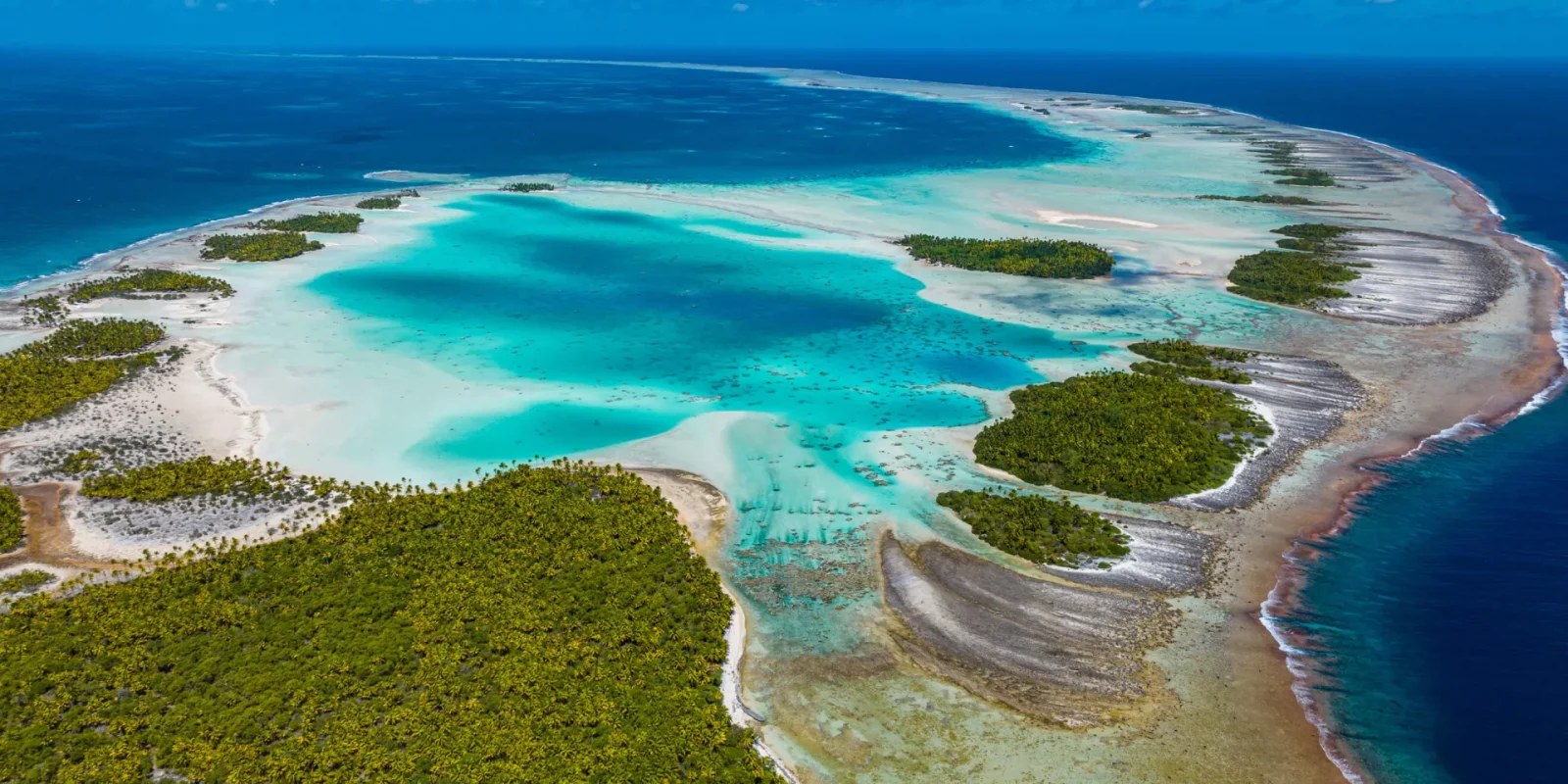
For those seeking relaxation and rejuvenation, the Tuamotu Archipelago offers plenty of opportunities to unwind in paradise. Secluded resorts and eco-lodges dot the islands, providing guests with luxurious accommodations and impeccable service amidst breathtaking natural surroundings.
One of the most unique aspects of the Tuamotu Archipelago is its rich cultural heritage. The islands are home to a vibrant Polynesian community, whose traditions and way of life have been shaped by centuries of seafaring and exploration. Visitors to the archipelago can immerse themselves in local culture through traditional dance performances, artisanal craft workshops, and authentic Tahitian feasts.
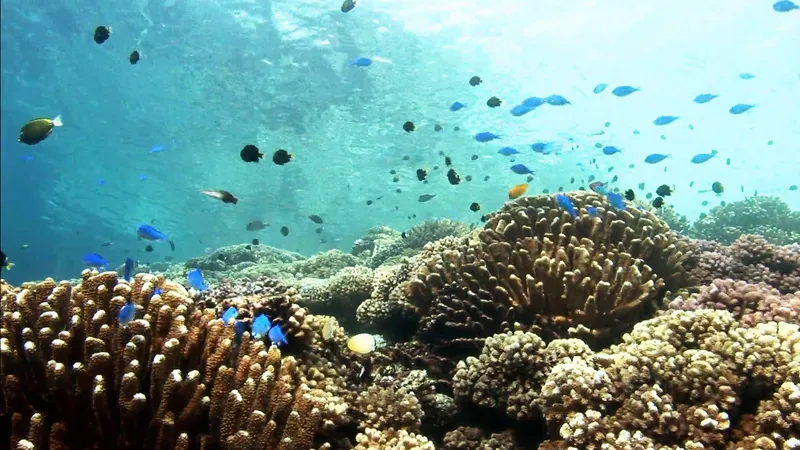
Altogether the Tuamotu Archipelago is a little bit of paradise on earth, offering a wealth of natural beauty, adventure, and cultural experiences for travelers seeking an unforgettable escape. Whether you’re diving into the crystal-clear waters of a remote lagoon, lounging on a pristine beach, or immersing yourself in local culture, these coral treasures promise an experience like no other.
YOUR INBOUND AGENT FOR ALL THINGS TAHITI
For more information about our wide range of holidays & trips in Tahiti get in touch with our experienced team on our contact us page.
Or by calling +(30) 21620 20021.

